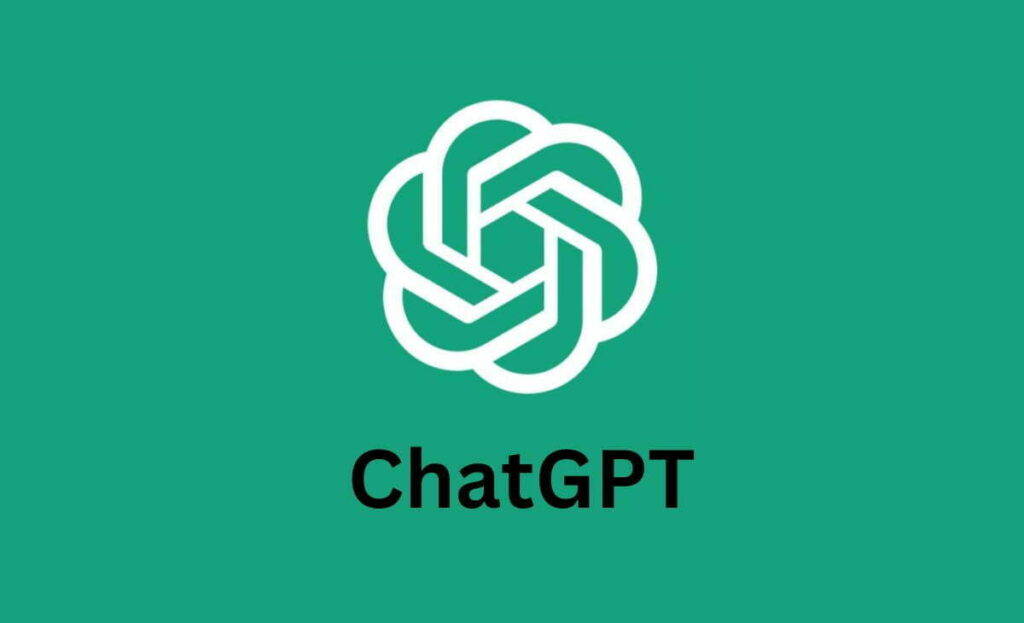What Makes GPT-5 Different from Previous Generations?
OpenAI has officially unveiled GPT-5, the next major step in generative artificial intelligence. Unlike its predecessors, GPT-5 isn’t just a faster or larger language model—it represents a fundamental shift toward multimodal intelligence. The model can seamlessly process text, code, and media while adapting dynamically to different tasks.
Instead of requiring users to choose between models for speed, reasoning, or creativity, GPT-5 switches modes automatically. Lightweight conversational models handle casual dialogue, while deeper reasoning chains are activated for complex analysis or problem-solving. This approach allows GPT-5 to deliver both speed and accuracy without extra configuration, making it more efficient and versatile than earlier releases.
Key Benefits of GPT-5 for Developers and Teams
OpenAI has placed a strong emphasis on developer ergonomics, ensuring GPT-5 is easier to use and more reliable in production environments. The updates are designed to address common frustrations developers faced with previous models.
Some of the biggest improvements include:
-
Advanced Code Support – GPT-5 excels at bug fixing, refactoring, and large-scale codebase analysis. Developers can query entire repositories and get precise, contextual answers.
-
Long-Context Processing – With expanded context windows, GPT-5 can work with larger datasets, full research papers, or multi-file projects without losing track of key details.
-
Improved Instruction Following – The model adheres more closely to user directions, reducing the need for multiple iterations or clarifications.
-
Fewer Hallucinations – By significantly lowering fabricated outputs, GPT-5 builds trust for high-stakes applications in finance, healthcare, and law.
These features make GPT-5 a stronger, more dependable partner for both individual developers and enterprise-scale teams.
How GPT-5 Improves Code Assistance and Software Workflows
Software engineering is one of the primary areas where GPT-5 is expected to shine. The system has been optimized to act as a co-pilot for developers, capable of performing a wide range of tasks:
-
Debugging errors across multiple programming languages.
-
Refactoring messy or outdated code into modern, efficient structures.
-
Performing repository-scale Q&A to explain dependencies, APIs, and system behavior.
This kind of functionality can save developers hours of troubleshooting while improving overall productivity and code quality.
Content Creation with GPT-5: From Drafts to Verified Sources
For content creators, journalists, and marketers, GPT-5 introduces a more reliable and flexible writing partner. Its multimodal abilities allow it to combine structured text generation with factual accuracy.
Key applications include:
-
Producing polished drafts aligned with style guides and editorial tone.
-
Generating content with citations and references to support credibility.
-
Assisting in SEO-driven content planning, from outlines to long-form articles.
By offering both speed and verifiability, GPT-5 empowers creators to balance efficiency with accuracy—something earlier models often struggled to achieve.
GPT-5 as the Backbone of Next-Generation AI Agents
Perhaps the most groundbreaking feature of GPT-5 is its role in enabling intelligent AI agents. These agents can go beyond answering questions—they can take action.
With improved tool integration and safer execution checks, GPT-5 can interact with APIs, databases, and external applications while ensuring actions remain within intended limits. This creates opportunities for AI-powered assistants in customer service, research automation, and enterprise workflow management.
Unlike traditional chatbots, these agents can perform multi-step operations, validate their outputs, and adapt dynamically to new instructions.
Why GPT-5 is a Milestone in the Race Toward AGI
While GPT-5 is not an artificial general intelligence (AGI), it represents an important step toward it. The model’s ability to switch between reasoning strategies and modalities makes it more flexible and adaptive than earlier versions.
This adaptability brings AI closer to behaving like a general-purpose reasoning engine—a tool that can solve a wide variety of problems without requiring human micromanagement. For businesses, this means fewer limitations. For researchers and creators, it means an AI collaborator capable of handling increasingly complex challenges.
The Future of Multimodal AI: Beyond Text and Chatbots
The launch of GPT-5 highlights a larger industry trend: the shift from AI as a conversation partner to AI as a workflow engine. Instead of generating isolated text responses, GPT-5 integrates across disciplines—writing, coding, media, and analysis.
Its multimodal nature also suggests future updates may expand into areas like video editing, voice synthesis, and real-time collaborative design. The model’s versatility ensures it will continue to open new opportunities for teams and individuals working at the edge of innovation.
Conclusion
OpenAI’s GPT-5 is more than just an upgraded chatbot. It is a multimodal, production-ready AI platform that blends speed, reasoning, and safety into a single system. With advancements in code assistance, long-context handling, content generation, and agent integration, GPT-5 is set to redefine how professionals build, create, and innovate.
By extending AI’s utility from simple conversation to complex, verifiable workflows, GPT-5 paves the way for the next wave of transformation across industries. For developers, teams, and creators, it represents not just a tool—but a shift in how work itself can be imagined and executed.
Interested in More?
If you want to explore related insights, don’t miss these articles:
- OpenAI GPT-5 Launches: AI World News Latest AI Updates (August 2025) — A closer look at the first reactions and industry impact of GPT-5’s release.
- Healthcare AI 2025: Approvals and Adoption — How artificial intelligence is transforming healthcare with new regulatory approvals and real-world adoption trends.
These posts complement today’s deep dive into GPT-5 and highlight the broader transformation AI is driving across industries.
For further reading on the future of AI, see OpenAI’s official blog, the latest MIT Technology Review coverage on AI, and Stanford HAI research insights. These resources provide expert perspectives and deeper analysis beyond today’s launch.




